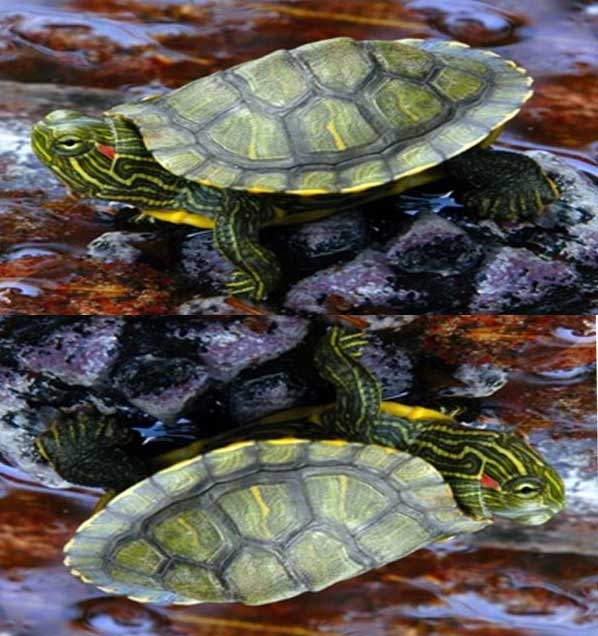
Red Eared Slider Turtles in Koi Pond: The Ultimate Guide
Introduction
If you own a koi pond, it’s only natural to want to add some aquatic pets to it. While koi fish are the most common choice, have you ever considered adding red eared slider turtles? These popular aquatic pets are not only fascinating to watch, but they can also provide many benefits to your koi pond ecosystem.

What are Red Eared Slider Turtles?
Red eared slider turtles, also known as RES turtles, are a popular breed of aquatic turtles native to North America. They are named for the distinctive red markings on their ears, which are located behind their eyes. RES turtles are often kept as pets due to their friendly personalities and hardiness.
Benefits of Keeping Red Eared Slider Turtles in Koi Pond
Adding red eared slider turtles to your koi pond can provide many benefits, including:
- Helping to control algae growth
- Providing additional filtration for the pond water
- Adding an interesting and unique element to your pond ecosystem
- Reducing insect populations
Caring for Red Eared Slider Turtles in Koi Pond
If you decide to add red eared slider turtles to your koi pond, it’s important to understand their care requirements to ensure they thrive in their new environment.
Habitat Requirements
Red eared slider turtles are semi-aquatic, meaning they need both aquatic and terrestrial environments to thrive. In your koi pond, you’ll need to provide a basking area, such as a rock or log, for your turtles to climb onto and dry off in the sun. The water in the pond should be deep enough for your turtles to swim freely, but also have shallow areas for them to rest and bask. The ideal water temperature for RES turtles is between 72-80 degrees Fahrenheit.

Feeding
Red eared slider turtles are omnivores, meaning they eat both plant and animal matter. In the wild, their diet consists of aquatic plants, insects, fish, and small animals. In your koi pond, you can feed your turtles a variety of commercial turtle pellets, as well as fresh fruits and vegetables, such as kale, romaine lettuce, and strawberries. It’s important not to overfeed your turtles, as this can lead to health problems such as obesity and shell deformities.

Compatibility
While red eared slider turtles can coexist with koi fish, it’s important to monitor their interactions to ensure the turtles are not harassing or harming the fish. It’s also important to note that red eared slider turtles can carry salmonella, so it’s important to practice good hygiene when handling them or their habitat.
Conclusion
Adding red eared slider turtles to your koi pond can provide many benefits, as long as you’re willing to provide them with the proper care and habitat they need. By following the guidelines outlined in this guide, you can create a beautiful and thriving pond ecosystem that both you and your aquatic pets will love.
